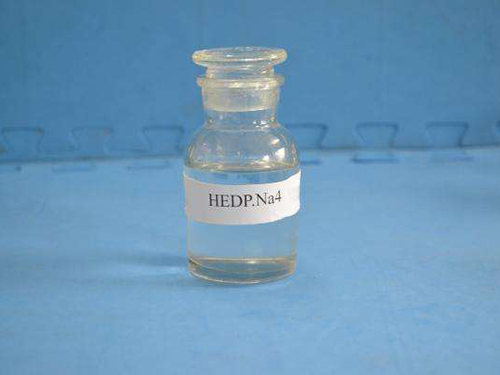Exploring the Benefits and Applications of Cationic Polyacrylamide in Water Treatment and Industry
Understanding Cationic PAM Applications and Benefits
Cationic Polyacrylamide (PAM) has emerged as a significant player in various industrial and environmental applications due to its unique properties. This synthetic polymer, derived from acrylamide, is characterized by its positive charge, which enables it to interact readily with negatively charged substances. This article explores the fundamental features of cationic PAM, its applications, and its advantages in different fields.
What is Cationic PAM?
Cationic PAM is a water-soluble polymer that is widely used in a range of industrial processes. Its structure allows it to form networks, thereby enhancing its ability to bind with particles and facilitate flocculation, a process where tiny particles clump together to form larger aggregates. The positive charge of cationic PAM makes it particularly effective in drawing out negatively charged particles, such as clay and organic matter, which are prevalent in wastewater and various industrial slurries.
Applications of Cationic PAM
1. Water Treatment One of the most prominent uses of cationic PAM is in water treatment processes. It plays a crucial role in the coagulation and flocculation of suspended solids in wastewater. By adding cationic PAM to wastewater, industries can significantly reduce turbidity and improve the clarity of the water, making it suitable for discharge or reuse. Municipal water treatment facilities also utilize cationic PAM for its effectiveness in stabilizing flocs and enhancing the sedimentation process.
2. Paper and Pulp Industry The paper industry employs cationic PAM as a retention aid, helping to enhance the retention of fines and fillers during the papermaking process. By improving the retention of these materials, cationic PAM contributes to better paper quality while simultaneously reducing raw material costs.
3. Mining and Mineral Processing In the mining sector, cationic PAM is utilized for the separation and recovery of minerals. It is effective in various separation processes, including flotation and sedimentation, where it helps in enhancing the recovery rates of valuable ores.
cationic pam

4. Agriculture Cationic PAM has found utility in agriculture, particularly in soil erosion control and irrigation management. It can improve soil structure, increase water retention, and reduce runoff by binding to soil particles. This property aids in the maintenance of soil health and enhances crop yield.
Advantages of Cationic PAM
The benefits of using cationic PAM in various applications are numerous
- High Efficiency The positive charge of cationic PAM allows for rapid interaction with negatively charged particles, making it highly effective in a short time frame. - Versatility Cationic PAM is suitable for a wide range of applications, from wastewater treatment to mineral processing and agriculture, showcasing its versatility across industries.
- Cost-Effectiveness By improving processes such as flocculation and retention, cationic PAM helps reduce the consumption of chemicals and raw materials, leading to cost savings for industries.
- Environmental Benefits The use of cationic PAM can contribute to environmental sustainability by enhancing the quality of wastewater effluent and promoting better soil management practices in agriculture.
Conclusion
Cationic Polyacrylamide is an essential polymer that has made significant contributions to various industrial sectors. Its ability to flocculate suspended particles efficiently makes it an invaluable resource in water treatment, papermaking, mining, and agriculture. As industries continue to seek sustainable and effective solutions to enhance operational efficiency, the role of cationic PAM is likely to expand further, underscoring its importance in contemporary industrial practices.
-
Water Treatment with Flocculant Water TreatmentNewsJun.12,2025
-
Polymaleic AnhydrideNewsJun.12,2025
-
Polyaspartic AcidNewsJun.12,2025
-
Enhance Industrial Processes with IsothiazolinonesNewsJun.12,2025
-
Enhance Industrial Processes with PBTCA SolutionsNewsJun.12,2025
-
Dodecyldimethylbenzylammonium Chloride SolutionsNewsJun.12,2025





